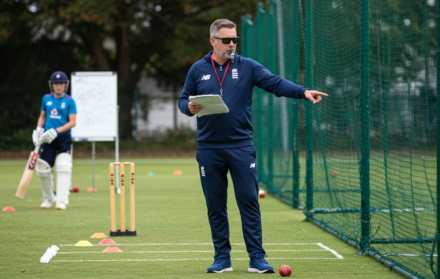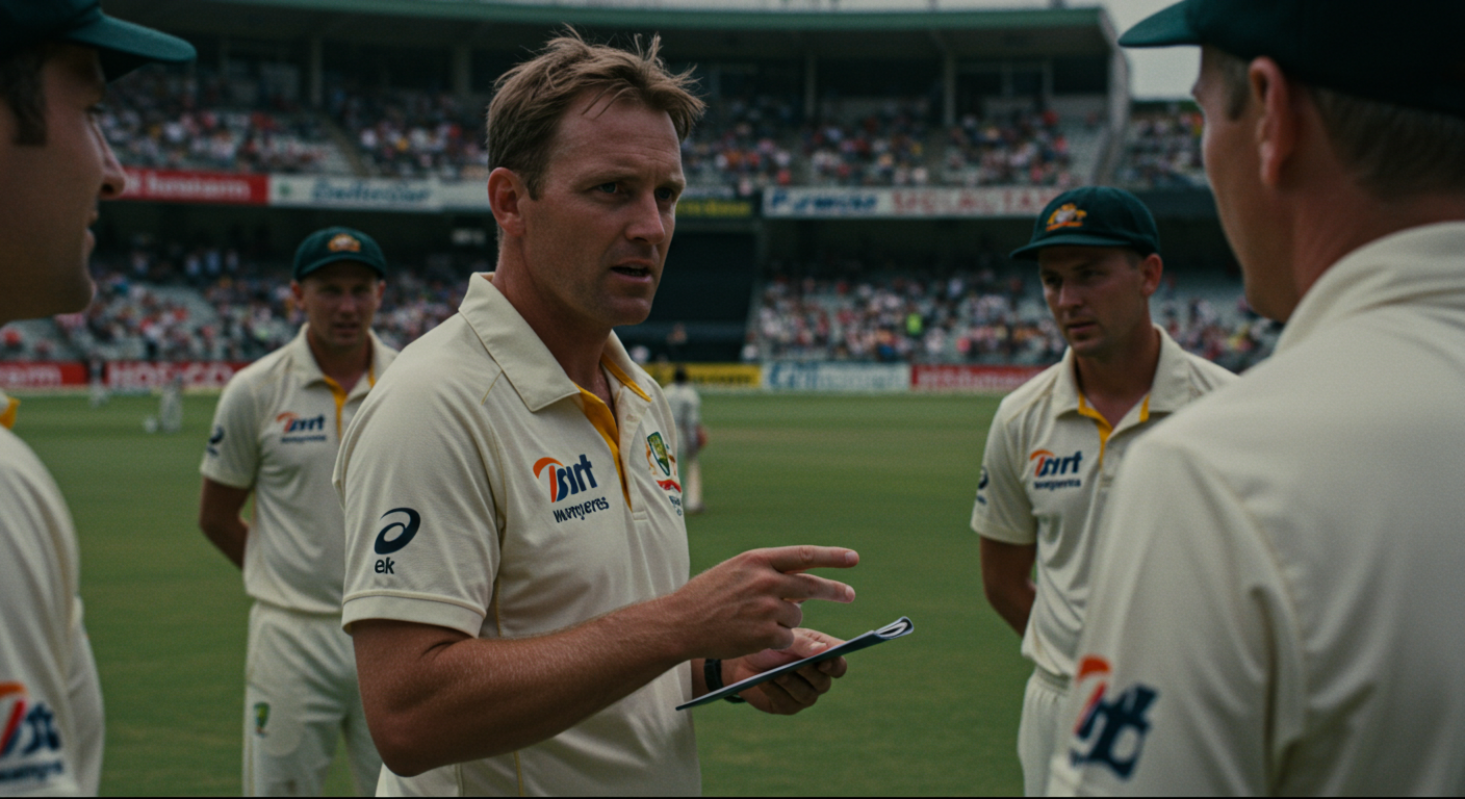
The Underrated Genius of Martin Crowe: Style, Strategy, and Spirit
Martin Crowe occupies a curious place in cricket’s collective memory. Revered by those who watched him closely, under-celebrated by a broader audience, he remains one of the game’s most quietly revolutionary figures. In an era dominated by mighty Australians, charismatic West Indians, and stylish subcontinent icons, Crowe represented New Zealand with elegance, intellect, and a cricketing vision far ahead of his time.
He was not just a batter of class—though his cover drives and fluent on-side strokes could rival the best of his generation. He was also a tactician, an innovator, and a cultural leader. From his role in the early development of pinch-hitting strategies in ODIs to his visionary captaincy during the 1992 World Cup, Crowe’s cricketing mind was as sharp as his batting technique.
Yet he never fully received the acclaim his peers enjoyed. Injuries curtailed his playing days. His team lacked the firepower to consistently dominate. And in a media landscape not yet attuned to nuance, Crowe’s contributions were too often flattened into a footnote.
This article revisits Martin Crowe’s legacy—not as a tragic story, but as a blueprint for a more intelligent, thoughtful style of cricket. It is time to acknowledge him not just as New Zealand’s finest batter of his era, but as one of international cricket’s most quietly influential minds.
A Batting Technician in an Era of Power
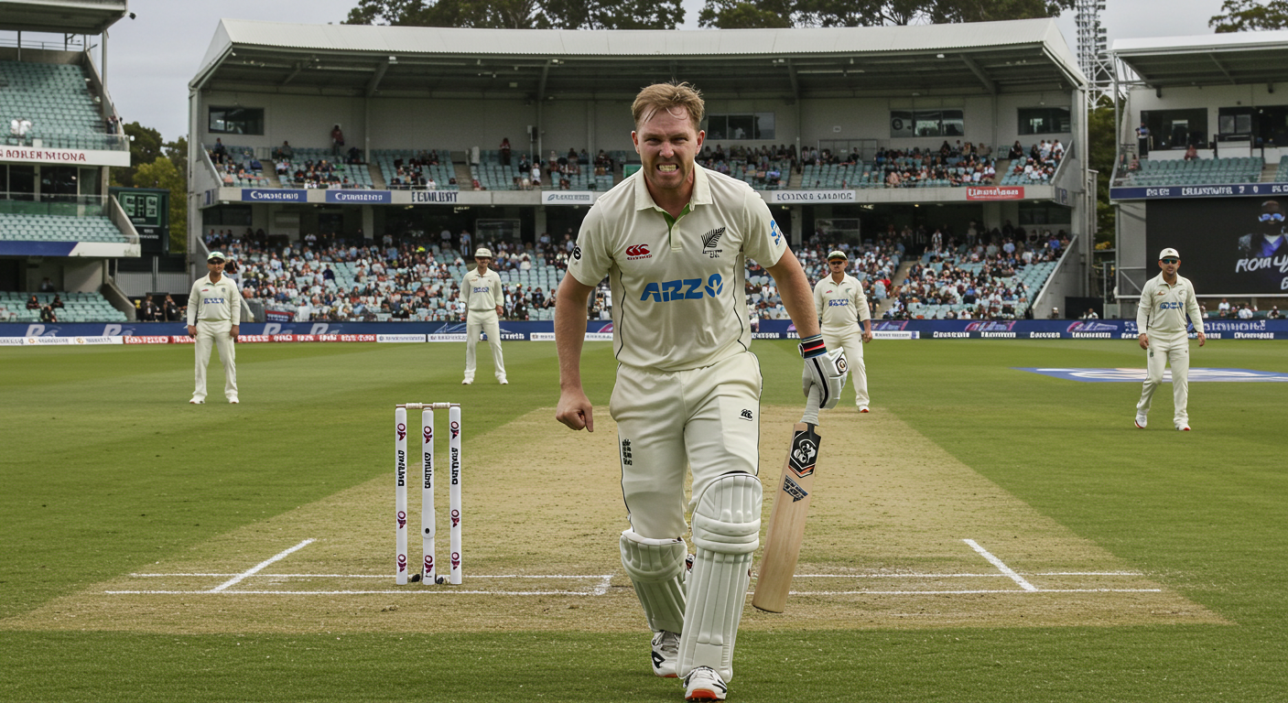
Martin Crowe’s batting was a product of precision and touch—not brute strength. At a time when stroke-makers like Viv Richards and David Gower defined the aesthetics of the game, Crowe belonged to the same visual lineage. But while others batted with flamboyance, Crowe batted with method. He wasn’t just elegant—he was engineered for effectiveness.
His technique was based on balance and adaptability. Crowe had a high backlift, a compact trigger movement, and the ability to play both spin and pace with equal control. Against quicks, he was decisive in his footwork—either forward with authority or back with clarity. Against spin, he used his feet with rare confidence, especially on slow, turning tracks where others faltered.
Statistically, his career numbers—5,444 Test runs at 45.36—may not leap off the page by modern standards. But context is everything. Crowe played in a period when New Zealand frequently batted under pressure, often against superior bowling attacks and with limited support. His landmark 299 against Sri Lanka in Wellington remains one of the most complete innings ever played by a Kiwi batter, blending patience, shot selection, and stamina.
He also had a knack for scoring runs in tough conditions. Whether facing the West Indies’ pace quartet or batting on deteriorating surfaces in the subcontinent, Crowe rarely looked flustered. His mental discipline was as central to his batting as his technical base.
Above all, Crowe batted with intent—not recklessness, but purpose. He valued momentum and understood the pressure of scoreboard dynamics long before strike rates became a metric of analysis. Watching him was a lesson in how to build an innings not just with runs, but with intelligence.
A Captain Who Thought in Layers
When Martin Crowe was appointed New Zealand captain in 1990, he inherited a side that lacked both depth and star power. Richard Hadlee was nearing retirement, John Wright had stepped down, and the team was entering a period of uncertainty. What followed, however, was one of the most strategically rich leadership tenures in modern cricket history.
Crowe did not captain by instinct alone—he captained by design. He read games like a chess board, thinking two sessions ahead rather than two overs. His field settings were often unconventional. He used his bowlers in bursts, not formulas. He rarely allowed a match to drift.
This vision reached its apex during the 1992 Cricket World Cup, hosted jointly by New Zealand and Australia. With a modest squad, Crowe led New Zealand to the semi-finals, losing only to Pakistan—the eventual champions. But it was how they played, not just how far they went, that left a lasting impression.
He introduced Deepak Patel, a conventional off-spinner, to open the bowling, exploiting opposition teams’ tentativeness in the early overs. It was unorthodox, bordering on radical, and it worked. Patel’s economy choked sides from the start, and the tactic changed how teams thought about matchups and Powerplay aggression.
Crowe also utilised Mark Greatbatch as a pinch-hitting opener, encouraging him to swing hard in the opening overs to disrupt field placements and set the tone. These choices, now common in modern white-ball cricket, were revolutionary at the time.
Off the field, he fostered a culture of empowerment. Crowe wanted his team to think like cricketers, not just follow orders. He valued tactical awareness and decision-making. This wasn’t leadership by charisma—it was leadership by clarity.
His legacy as captain isn’t measured in trophies. It’s measured in blueprints. He didn’t just manage a team. He reimagined how an underdog could compete with innovation instead of intimidation.
ODI Innovation Before It Was Fashionable
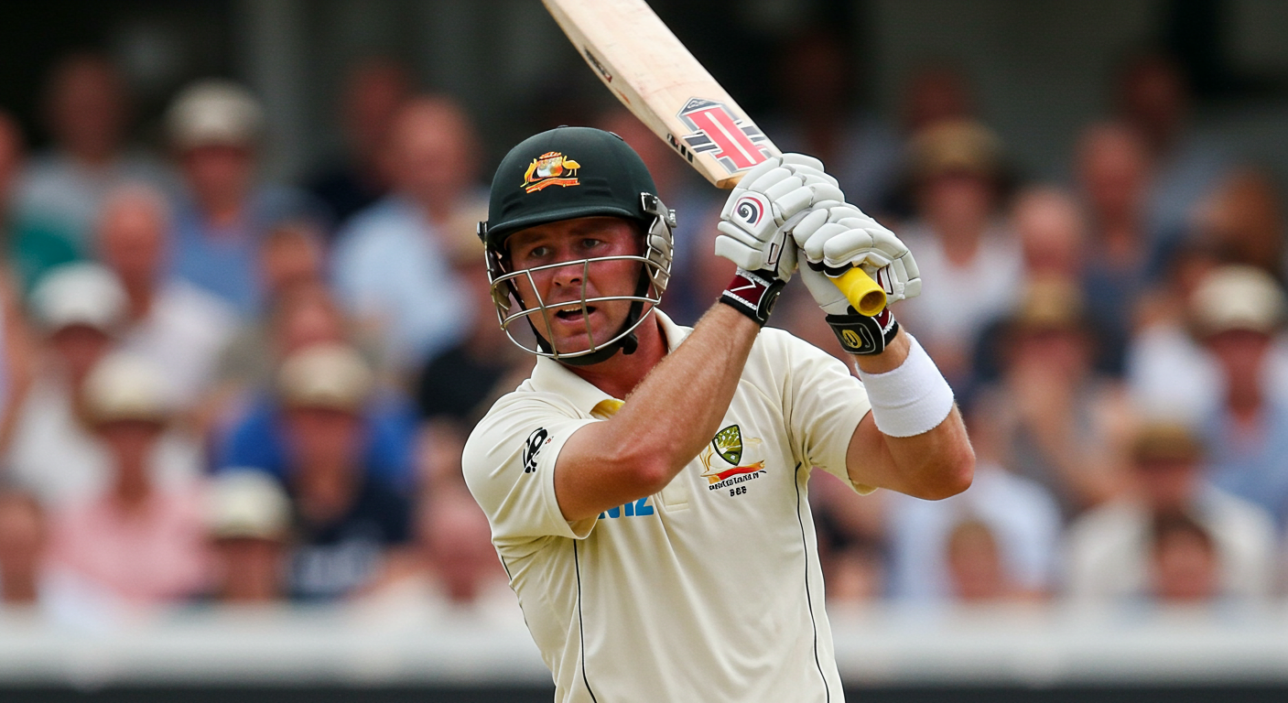
Long before data analysts, match-ups, and Powerplay strategies became the backbone of limited-overs cricket, Martin Crowe was already experimenting with the logic of ODI formats. While others still viewed 50-over matches as abridged Tests, Crowe treated them as a tactical frontier—a format with its own rhythm and logic.
Crowe understood that in ODIs, control was as valuable as aggression. He believed in building pressure over time and disrupting opposition rhythm. Opening the bowling with spin was a direct response to conventional ODI thinking—slow bowlers were supposed to be used in the middle overs, not upfront. But by using Patel at the top, Crowe reduced risk and forced aggressive openers to second-guess their approach. It wasn’t defensive. It was strategic containment.
Greatbatch’s promotion to opener was equally bold. Crowe recognised that fielding restrictions in the first 15 overs created opportunities—not just for easy singles, but for boundary hitting. Greatbatch was not a textbook player, but he was powerful and fearless. Crowe gave him a licence others were too cautious to issue. And in doing so, he invented the prototype for the modern power-hitting opener.
He also batted with intent himself. His 456 runs in the 1992 World Cup—at an average of 114—remain one of the most composed and commanding tournament performances by a middle-order batter. He didn’t simply accumulate. He accelerated when needed, calculated risks, and maintained a strike rate that held New Zealand’s innings together throughout the competition.
What’s striking is how many of these ideas—early spin, aggressive openers, flexibility in roles—have since become standard. Crowe’s ODI strategy was not accidental innovation. It was deliberate, reasoned, and far ahead of his peers. He didn’t need an analytics department. He was the analytics department.
A Voice the Game Still Misses
Martin Crowe’s influence on cricket did not end with his retirement. If anything, his most profound contributions came after he put the bat away. Freed from the constraints of selection politics and team dynamics, Crowe became a rare voice in the game—measured, reflective, and unafraid to challenge prevailing orthodoxy.
He wrote regularly, offering cricket columns that were equal parts personal essay and strategic manifesto. In a world increasingly saturated with knee-jerk punditry, Crowe stood apart. He did not shout from commentary boxes. He thought, he wrote, and he explained—often with disarming honesty. Whether critiquing the excesses of Twenty20 or advocating for the mental well-being of players, he elevated the level of cricket conversation.
Crowe was also one of the first prominent voices to speak publicly about the emotional cost of elite sport. He wrote about burnout, about obsession, and about the deep insecurity that can sit beneath talent. His reflections were not self-pitying—they were generous, aimed at helping young players navigate a career he had often found unforgiving.
In 2012, he was diagnosed with lymphoma. He responded the only way he knew how: by writing through it. His articles during this period are still widely read—not just for their cricketing insights, but for their human clarity. He spoke about legacy, about reconciling ambition with peace, and about what really remains after the crowds are gone. He used cricket as metaphor, not just memory.
He also returned briefly to mentor the New Zealand team ahead of the 2015 World Cup. His influence, particularly on Ross Taylor and Kane Williamson, was visible. That team, like Crowe, played intelligently, selflessly, and with pride. They reached the final, and though they fell short, it felt as if Crowe’s ideas had finally found full expression on the world stage.
Martin Crowe did not chase relevance. But the depth of his thought and the clarity of his values ensured he remained essential to the game he so deeply understood.
A Personal Struggle with Perfection
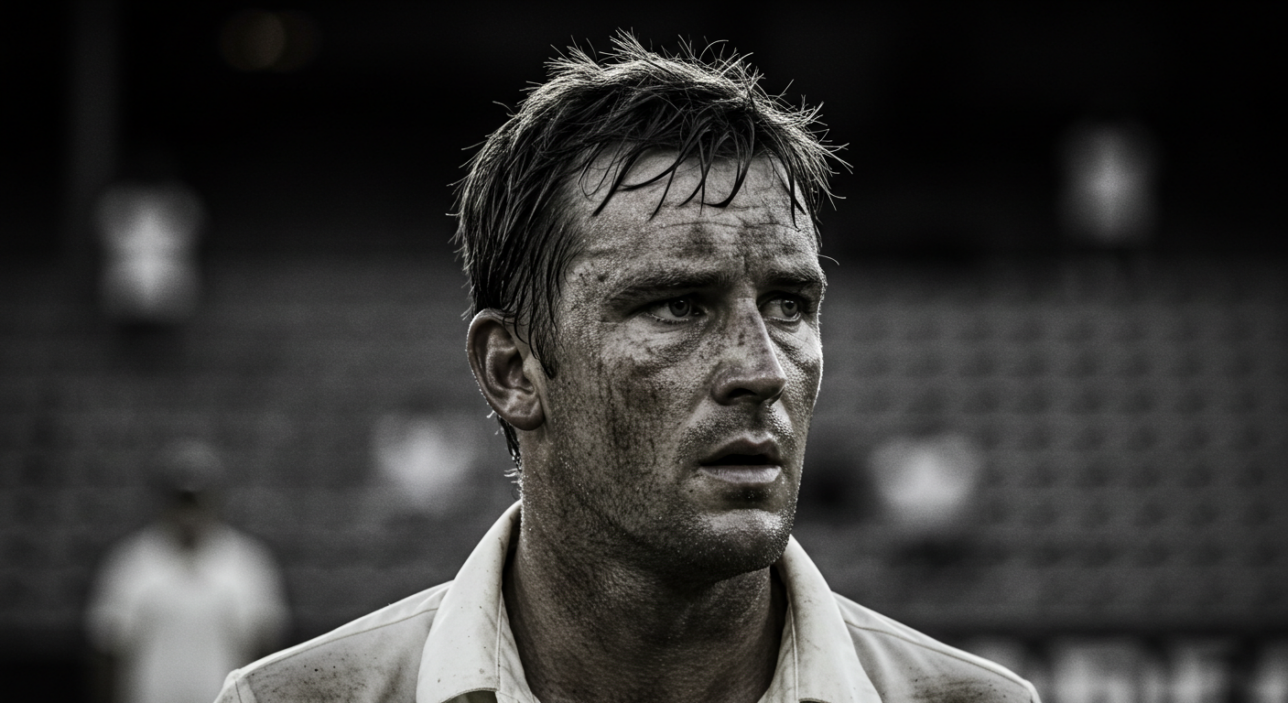
Behind the elegance of Martin Crowe’s batting and the sophistication of his captaincy lay a deeper, more complicated truth: he was a man driven—sometimes tormented—by perfection. For all the acclaim he received, Crowe rarely seemed satisfied with his own achievements. He saw flaws where others saw grace. He remembered near-misses more vividly than triumphs.
That inner tension was both a gift and a burden. It pushed him to elevate New Zealand cricket during his playing years, but it also weighed heavily on his mental wellbeing. He was open about the fact that he hadn’t always coped well with the pressures of captaincy or the loneliness of retirement. In later years, he reflected on how much of his identity had been tied to performance, and how difficult it was to step away from that metric of worth.
His writings in the final years of his life are laced with this self-examination. He revisited matches not just for what they meant tactically, but for what they had cost him emotionally. He described himself as “an imperfect man in love with a perfect game,” and there’s no better way to capture the complex knot of admiration and frustration that defined his relationship with cricket.
Crowe’s later advocacy for player welfare, emotional literacy, and personal authenticity was grounded in this lived experience. He wanted younger players to understand that success in cricket could never fill a spiritual void, and that validation had to come from within, not from scoreboards or newspaper columns.
There was real courage in this kind of vulnerability. It made him not just a thinker, but a humanist within the game. Someone who believed cricket could be not just competitive, but compassionate. That remains perhaps his most underrated legacy.
Ideas That Outlived the Man
Martin Crowe passed away in 2016, aged just 53, but his thinking lives on in the DNA of modern New Zealand cricket. Today’s Black Caps—disciplined, respectful, inventive—are not merely a well-coached team. They are the realisation of a culture Crowe envisioned decades earlier: one grounded in humility, thoughtfulness, and tactical depth.
Much of what New Zealand cricket is praised for today—its team-first ethos, its balance between data and instinct, its quiet defiance—can be traced back to the seeds Crowe planted. Players like Kane Williamson, who credits Crowe as both mentor and influence, have carried forward this philosophy. Their leadership is quiet but firm, emotionally intelligent but competitively sharp. In that, they mirror their forerunner.
The legacy extends beyond personalities. Crowe’s early insistence that smarts could outplay muscle, and that technique mattered more than theatrics, now feels prophetic. In a world saturated with big-hitting and brand marketing, New Zealand’s calm, methodical style is the anomaly that wins.
In many ways, Crowe helped New Zealand discover its cricketing identity—not one copied from larger nations, but crafted to suit its own temperament and scale. He believed that a small country could compete with big ideas. And he was right.
Conclusion: Genius in a Lower Register
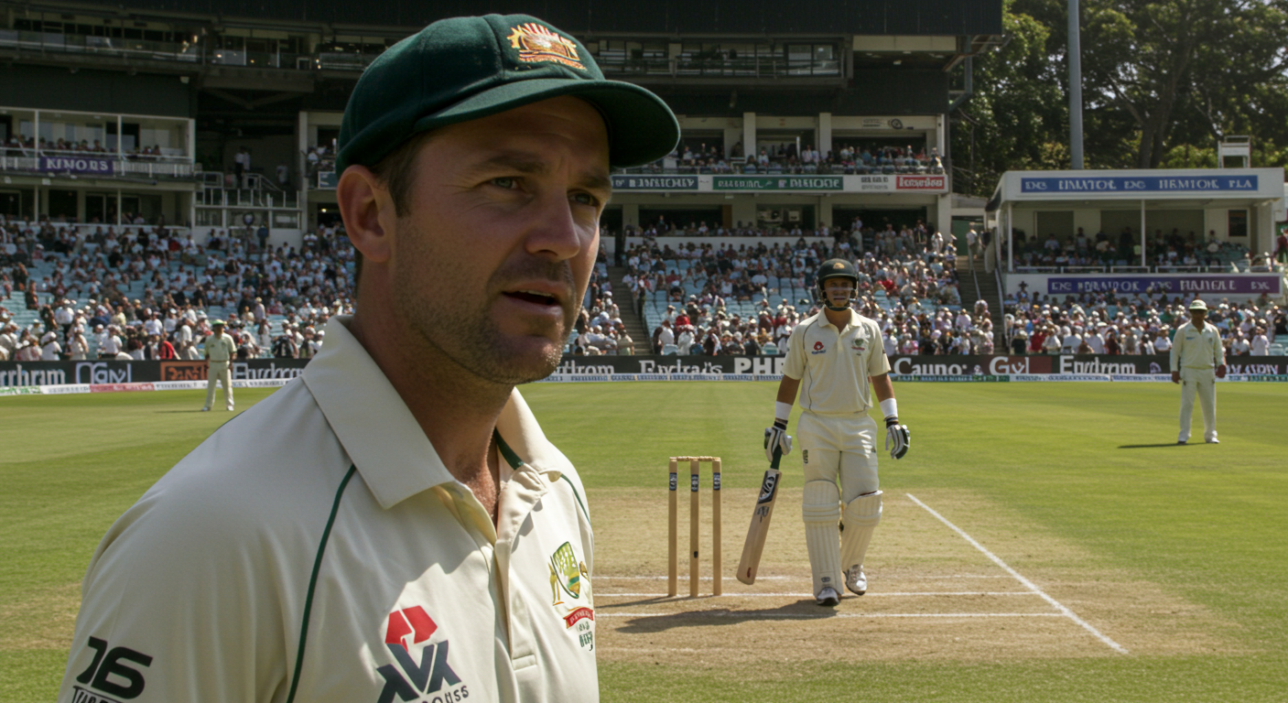
There are cricketers who redefine statistics. There are others who reshape the game through charisma or controversy. Martin Crowe belonged to a different category altogether—a cricketer who quietly changed how the game could be played, thought about, and felt.
His legacy is difficult to summarise with numbers alone. Yes, he was New Zealand’s finest batter of his generation. Yes, he captained with rare intelligence. Yes, he revolutionised one-day tactics long before they became trends. But his true impact lies in subtler places: in the way New Zealand plays today, in the tone of cricket conversations he elevated, in the emotional permission he gave players to be human before heroic.
Crowe was a man of layers—technically gifted, tactically brilliant, emotionally complex. He chased perfection not for vanity, but because he believed cricket deserved nothing less. That pursuit made him great, even when it left him unsatisfied. He was not always easy on himself, but he was always honest—with the game, with his teammates, and ultimately, with the public.
In the years since his passing, his stature has only grown. Former teammates now speak of him with reverence. Modern players echo his philosophies. Writers and analysts rediscover the depth of his insight. He was never a household name like the game’s flashier stars, but his ideas took root—and they continue to bear fruit.
Martin Crowe may not have worn greatness loudly.
But he wore it with integrity, intellect, and extraordinary spirit.
And that is a legacy the game will never outgrow.
